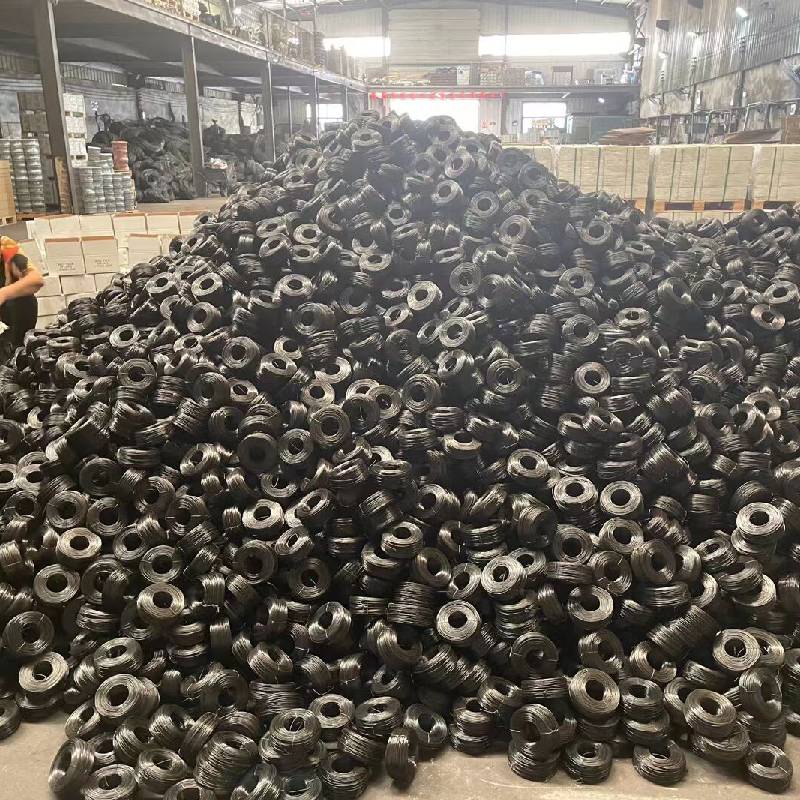
- Mobile Phone
- +8613931874955
- sales@cntcmetal.com
Exploring the Benefits and Applications of Masonry Ties in Construction
Understanding Masonry Ties Their Importance and Applications
Masonry ties, also known as brick ties, are essential components in the construction of masonry walls. They serve primarily to connect different elements of a structure, ensuring stability, strength, and durability. As buildings evolve in design and materials, the role of masonry ties becomes increasingly critical in maintaining structural integrity, especially in areas prone to severe weather conditions.
What Are Masonry Ties?
Masonry ties are mechanical devices used to bond masonry walls to other structural elements, such as steel or concrete frames. They can be made from various materials, including galvanized steel, stainless steel, and polymers, which ensure resistance to corrosion and rust. The design and spacing of these ties are crucial for the overall performance of the building, particularly in resisting lateral forces such as wind and seismic activity.
Types of Masonry Ties
There are several types of masonry ties designed for specific purposes. The most common types include
1. Panel Ties Used to connect two separate masonry panels, providing lateral stability. 2. Anchor Ties These ties connect masonry walls to a structural frame. They are vital in buildings that experience significant wind or seismic loads. 3. Lintel Ties Used to support masonry above doors and windows, ensuring that the weight is properly distributed. 4. Vertical Ties Employed in multi-story structures to connect wall panels across different levels, enhancing vertical stability.
Each type of tie has its own specifications and installation guidelines, which must be followed to ensure optimal performance.
Importance of Masonry Ties
The primary function of masonry ties is to enhance the structural performance of masonry walls. Here are some key reasons why masonry ties are indispensable in construction
1. Structural Integrity Masonry ties help distribute loads evenly across the structure, reducing the risk of cracking or structural failure. They provide reinforcement that retains the overall stability of the building.
masonry tie

2. Resistance to Lateral Forces In high-wind regions or seismic zones, masonry ties are vital for preventing displacement or failure of walls due to lateral forces. They ensure that the walls remain firmly attached to the structural framework.
3. Moisture Control Certain types of masonry ties can also help manage moisture within walls, allowing for proper drainage and reducing the risk of mold and mildew development.
4. Aesthetic Flexibility Masonry ties allow architects and builders to create varied designs and architectural styles without sacrificing structural performance. This versatility is particularly valuable in contemporary construction.
Installation Considerations
The installation of masonry ties requires careful planning and adherence to building codes. The spacing, type, and method of installation can significantly impact the effectiveness of the ties. Here are some key considerations
- Spacing The spacing of masonry ties must be determined based on factors such as wall height, building location, local wind loads, and material used. Typically, ties are spaced between 16 to 24 inches apart.
- Material Selection Choosing the appropriate material for masonry ties is crucial. For example, galvanized steel ties may be used in moderate climates, while stainless steel might be necessary in coastal areas where corrosion from saltwater is a concern.
- Installation Technique Proper installation techniques must be employed to ensure that ties function effectively. This includes ensuring that ties are embedded sufficiently into the masonry and that they are securely anchored to the structural frame.
Conclusion
Masonry ties play a vital role in modern construction by enhancing the stability and longevity of masonry structures. Their importance cannot be overstated, particularly in areas prone to environmental stressors. As building designs continue to evolve and adapt to new materials and technologies, the evolution of masonry ties will also be essential in ensuring safe, beautiful, and resilient buildings for generations to come. Ensuring proper selection, installation, and maintenance of these crucial components will enhance the overall performance and safety of any masonry project.
share:
-
Yard Sign Stakes: Reliable Guardians of Outdoor SignsNewsAug.04,2025
-
Wall Ties: Invisible Guardians of Building StabilityNewsAug.04,2025
-
Resilient Web: The Super Guardian Power of Concrete MeshNewsAug.04,2025
-
Masonry Accessories: A versatile assistant on building foundationsNewsAug.04,2025
-
Iron Binding Wire: the 'invisible reinforcement specialist' in the fields of architecture and industryNewsAug.04,2025
-
Dynamic Spring: The diverse functions and excellent performance of Wire Tension SpringNewsAug.04,2025
-
Your Source for Concrete Wall Ties and Masonry AccessoriesNewsJul.10,2025



















